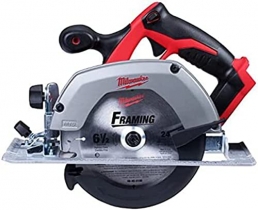-
Welcome to Tacoma World!
You are currently viewing as a guest! To get full-access, you need to register for a FREE account.
As a registered member, you’ll be able to:- Participate in all Tacoma discussion topics
- Communicate privately with other Tacoma owners from around the world
- Post your own photos in our Members Gallery
- Access all special features of the site
Digressive vs Linear vs Progressive Piston & Valving Article (and video)
Discussion in 'Suspension' started by *TRD*, Aug 20, 2017.


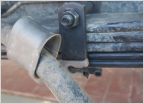 Revtek 3" / 1.5" AAL Lift Kit
Revtek 3" / 1.5" AAL Lift Kit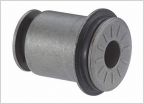 Need help with a control arm bushing part number
Need help with a control arm bushing part number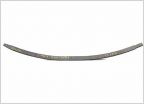 OME Dakar leafs but looking for 1" more of lift
OME Dakar leafs but looking for 1" more of lift Leveling kit vibration
Leveling kit vibration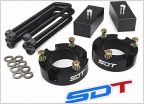 Vibration after 2 inch lift
Vibration after 2 inch lift Help Identify Lift Height + Thoughts on Setup?
Help Identify Lift Height + Thoughts on Setup?



